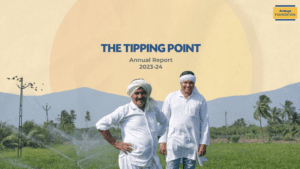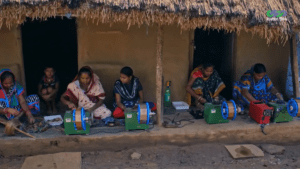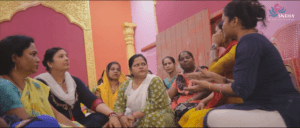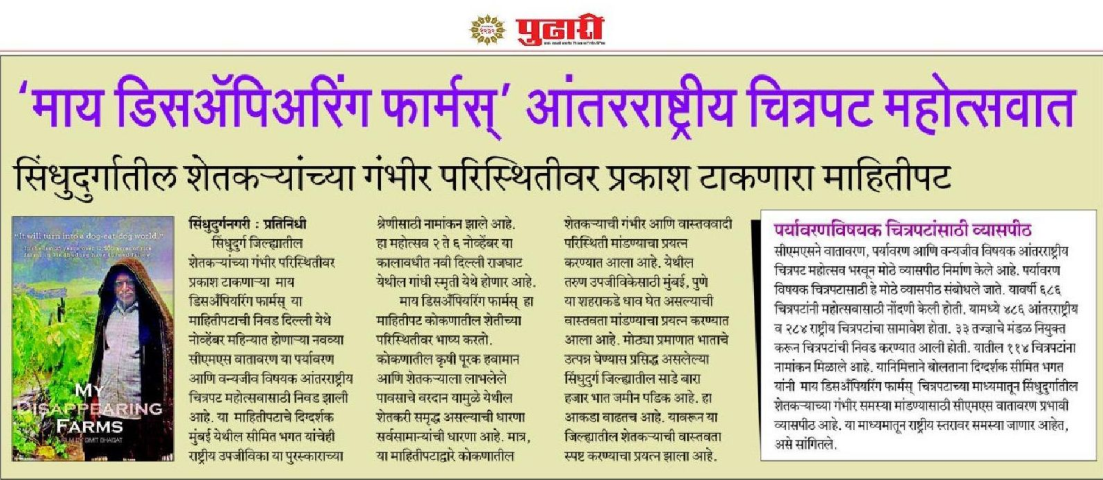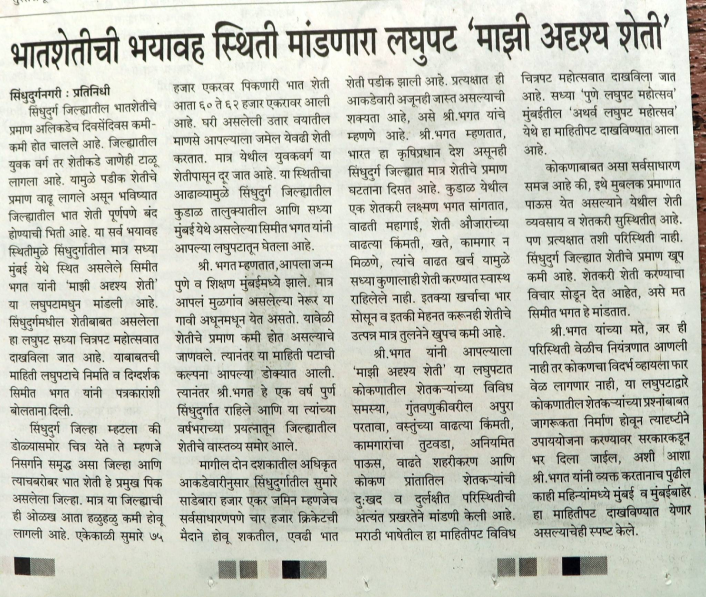Just a few hours from Mumbai, the district of Palghar is an entirely different world. In this hilly, tribal belt, healthcare isn’t just hard to access – it’s often out of reach altogether. Pregnant women and new mothers still travel for hours, sometimes an entire day, just to get a routine check-up. Public transport is limited. Hospitals are far. And when something goes wrong, timely help can be nearly impossible to find.
This gap has been part of everyday life for generations. As Bharti Varangade, mother of a pregnant woman, said: “If the Arogya Sakhis hadn’t been there, we wouldn’t have known when to seek healthcare support, when to visit a hospital, or whether transport would be available in time.”
To tackle these healthcare challenges, ARMMAN launched the Arogya Sakhi programme.
Women from the Community, Leading the Change
ARMMAN is training rural women to become community health leaders – equipped with medical kits, mobile apps, and the skills to provide doorstep care. These aren’t outsiders. They are neighbours, sisters, daughters – part of the same world they’re helping to change.
And the change is real. “When we started, no one knew us,” said Narmada, an Arogya Sakhi. “Now they call us sister, sister-in-law, or madam.” Respect doesn’t come easily in such remote areas, but these women have earned it.
Arogya Sakhis aren’t outsiders. They are neighbours, sisters, daughters – part of the same world they’re helping to change.
This was a story ARMMAN wanted others to witness. Not as a report, but as a living, breathing journey. In collaboration with Simit Bhagat Studios, they decided to tell it through film.
So, how do you capture something this personal, something this rooted in dignity and trust? Let’s find out
Filming with Empathy
We began quietly – watching, listening, letting people speak in their own time. Mothers like Dipali Wad shared what life used to be like: “We’d leave for the hospital in the morning and return only in the evening. It was far. There were barely any vehicles. The Arogya Sakhi would come to check my baby every month. She showed me how to breastfeed, how to hold my child. Now, my baby is healthy.”
We followed the Arogya Sakhis – Narmada, Kamal, and Manisha – as they visited homes, checked vital signs, and offered advice to pregnant women and new mothers.
We began quietly – watching, listening, letting people speak in their own time.
Kamal’s voice still stays with us. “I once checked a woman’s pressure. It was 180/100. If I hadn’t been there, something terrible could’ve happened.”
The Impact of Arogya Sakhi programme
We knew the emotional power of these stories needed to be grounded in evidence. That’s why the video closes with real numbers that reflect the scale of the impact:
- 38% increase in pregnant women who took iron and folic acid tablets for 90+ days
- 20% increase in infants receiving ORS during diarrhoea
- 22% increase in infants who tripled their birth weight in the first year
- 99.4% of women reported satisfaction with the home-based care provided
To reinforce this, we spoke with Dr. Chetan Dhavare, a Community Health Officer, who summed it up best: “Malnutrition is common here. Low haemoglobin is a major reason for maternal deaths. The Arogya Sakhis help us spot high-risk women early – and save lives.”
Why Stories Like This Matter
In places like Palghar, the challenges aren’t always visible. But that doesn’t mean they aren’t urgent. A well-told story can help make those gaps impossible to ignore.
Through this film, we hoped to carry the strength of these women further into hearts, homes, and maybe even policy rooms.
At Simit Bhagat Studios, we believe the best stories don’t just inform—they move. If your organisation is building impact on the ground and wants people to see it truly, we’d love to help you bring it to life.


